24 October, 2023 – Basel – The Global Legal Entity Identifier Foundation (GLEIF) welcomes the strong endorsement of the Legal Entity Identifier (LEI) within the Bank for International Settlements’. Committee on Payments and Market Infrastructures (CPMI) ‘Harmonized ISO 20022 data requirements for enhancing cross-border payments’, alongside the Wolfsberg Group’s updated ‘Payment Transparency Standards’.
The CPMI ISO 20022 data requirements, which were developed in collaboration with the Payment Market Practice Group (PMPG), establish a consistent minimum set of messaging data for more efficient processing of cross-border payments in support of G20 targets.
In a landmark development and following feedback from various industry stakeholders during the consultation phase, the CPMI recognized the LEI as an equivalent identifier to the Business Identifier Code (BIC) for identifying financial institutions and legal entities within a payment message. This position reflects that the LEI enables clear and unique identification of legal entities; is based on an international ISO standard; is globally accessible and open; offers high data quality; and is supported by a system subject to robust, international regulatory oversight.
Specifically, the data structuring requirements suggest the LEI and/or BIC for identifying all financial institutions involved in a cross-border payment in an internationally recognized and standardized manner. The LEI and/or the BIC may also substitute or complement name and postal address information to aid the identification of all legal entities involved in a cross-border payment in a standardized and structured way.
Given that realizing the full benefits of the harmonized ISO 20022 requirements is wholly dependent on market uptake, the report’s endorsement by a range of influential industry stakeholders including the Bank of England, Chinese Cross-border Interbank Payment System (CIPS), European Central Bank and the Reserve Bank of Australia – among others – reflects the strong level of international support for the broader utilization of the LEI in cross-border payments use-cases.
In parallel, the Wolfsberg Group – an association of 12 global banks which aims to develop frameworks and guidance for the management of financial crime risks – has published its updated Payment Transparency Standards, which begin to identify how various capabilities within the ISO 20022 structure can be utilized to enhance payment transparency. The updated standards state that to the fullest extent permitted by the payment market infrastructure, the payment service provider (PSP) of the payer (referred to within ISO 20022 as the ‘debtor agent’) should use the LEI or other equivalent reference codes to enhance the accuracy of identification information on relevant parties. Additionally, policies may set out where a unique identifier code such as the LEI is sufficient to identify the debtor without full name and address information.
Stephan Wolf, CEO of GLEIF, comments: “Broad industry consensus advocating for the inclusion of the LEI within ISO 20022 payment messages is yet another strong endorsement of the LEI, and further underscores its terrific potential in the cross-border payments space. When the LEI is added as a data attribute in payment messages, any originator or beneficiary legal entity can be precisely, instantly, and automatically identified across borders and jurisdictions. This promises myriad benefits as payment market infrastructures across the world migrate to ISO 20022, helping to enable faster, cheaper, more transparent and inclusive cross-border transactions, while maintaining their safety and security, in support of the G20 roadmap.”
In view of this wide industry support, GLEIF reiterates the CPMI’s encouragement for payment market infrastructure organizations everywhere to take steps to align with the harmonized ISO 20022 data requirements by the end of 2027.
GLEIF also urges banks, financial institutions, and other organizations to consider taking a proactive approach to supporting voluntary customer adoption of the LEI by becoming a Validation Agent in the Global LEI System. In addition to easing the process of LEI implementation by making LEI issuance more convenient and accessible for customers, becoming a Validation Agent can deliver significant advantages for financial institutions themselves. By utilizing ‘business-as-usual’ onboarding processes to obtain LEIs for clients, financial institutions can improve customer experience, facilitate digital transformation, and reduce client lifecycle management costs.

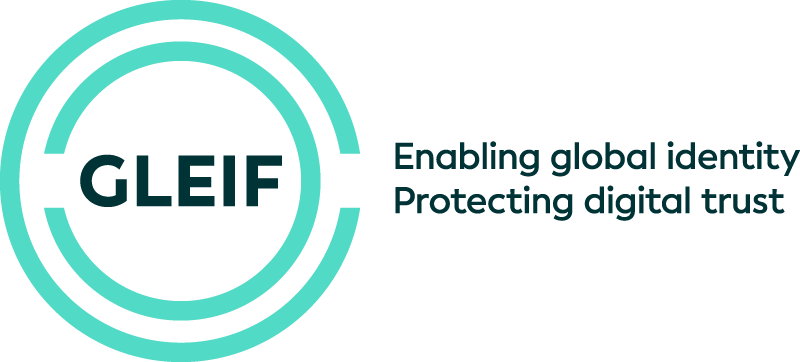


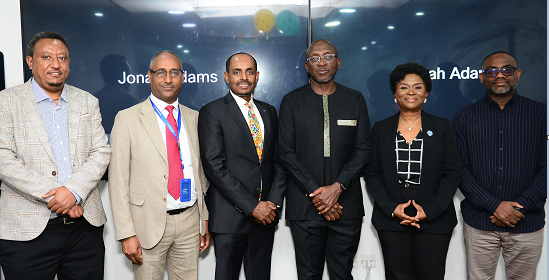

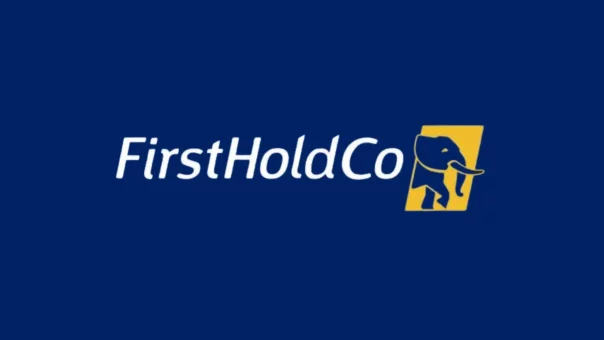


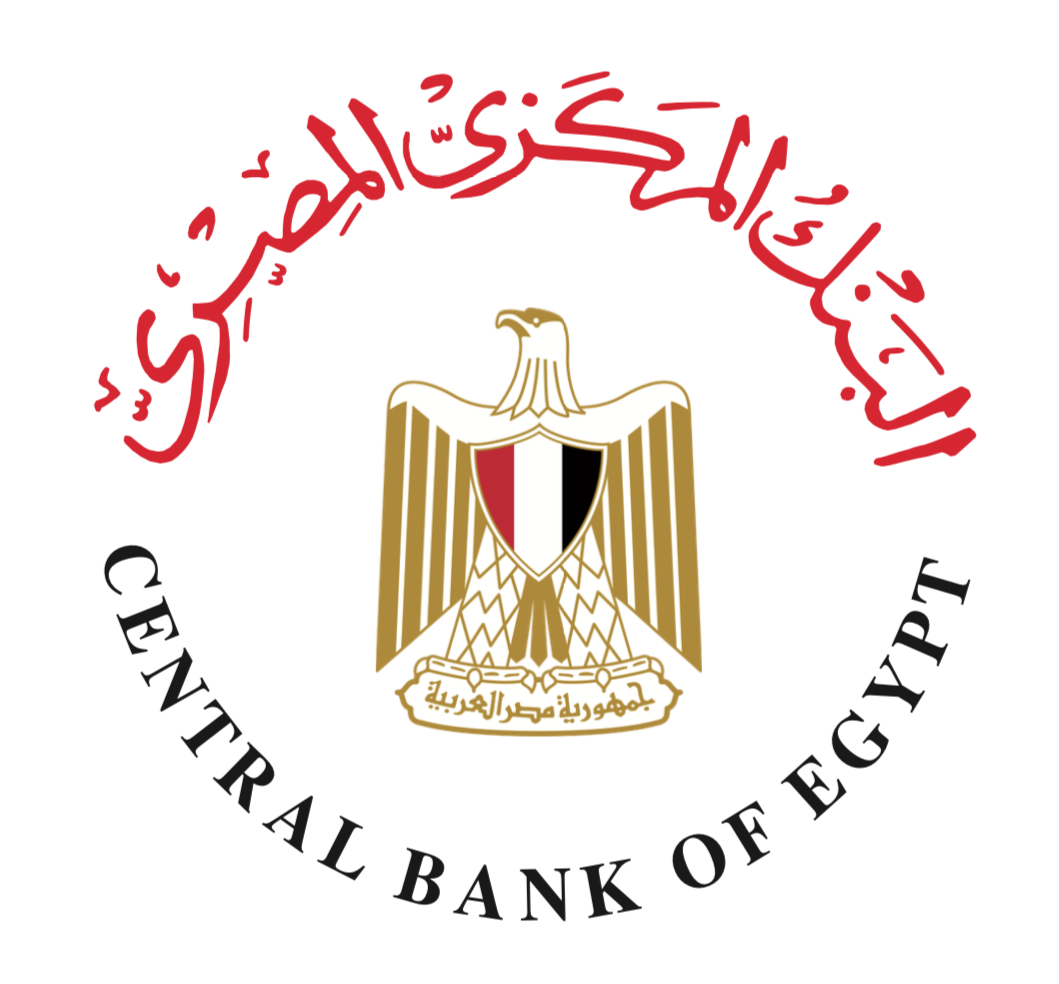

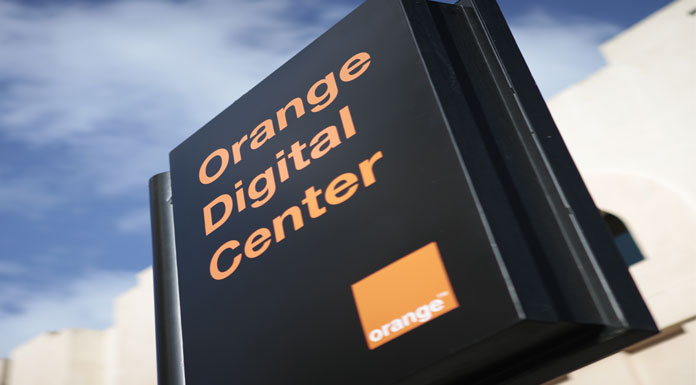
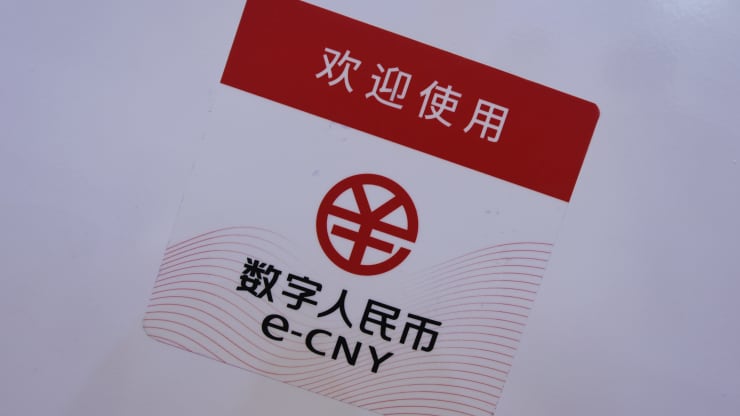
Comments